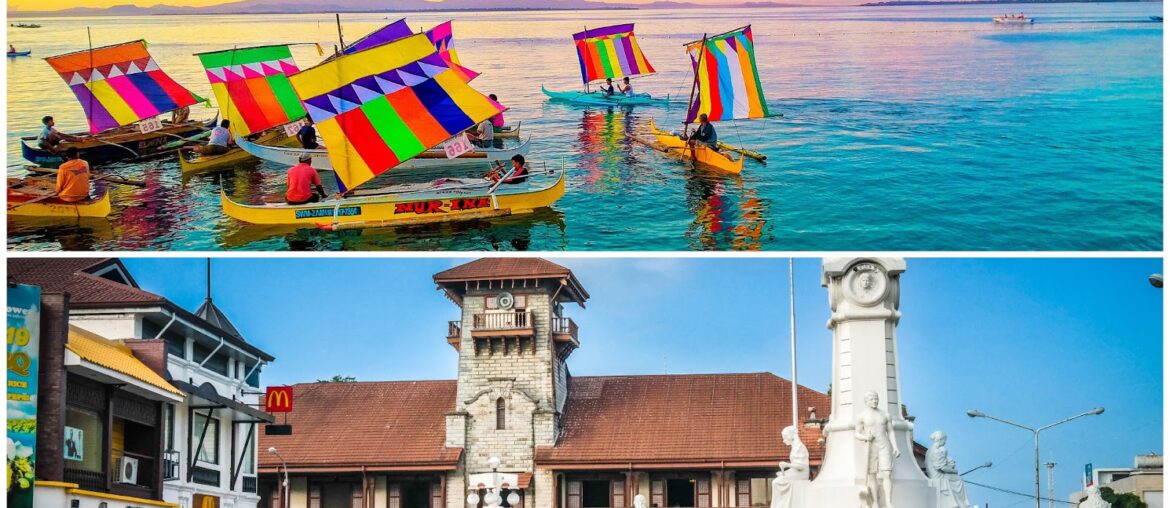Wood carving thrives in the heart of Zamboanga, where cultures collide and stories are passed down in rhythm and ritual. This delicate art form, frequently ignored by fast-moving eyes and modern sensibilities, is a living craft that reflects the region’s soul. Here, unfinished wood blocks are transformed into holy artifacts by Tausug, Yakan, and Sama craftspeople.
Tradition Etched in Grain
Zamboanga’s wood carvings are cultural writings engraved into hardwood, not just beautiful things. Okir patterns, sarimanok figures, naga serpents, and boat-like forms are among the sculptures’ indigenous and Moro motifs that combine pre-colonial Visayan influences with Islamic aesthetics. Each blade stroke is a ritual, a dialogue between carver and material, ancestor and heir.
These sculptures can be found in local houses as elegant furniture, mosques as mihrabs and minbars, or in small shops as souvenir boxes, trays, and wall art. A canoe-shaped stool or the elaborate design of a kulintang stand passed down from one generation to the next are examples of carvings that silently endure in wood, carrying history and individuality.
The Keepers of Craft
Many of these expert carvers learnt their craft from elders rather than in schools, through years of developing muscle memory, painstaking practice, and close observation. One may come across craftspeople in Barangay Taluksangay or in the busy wood markets of Zamboanga City with rough hands but delicate touches—men and women who have accepted imperfection because they understand that the essence of the carving is in its human origin.
While machines have replaced handmade crafts in many regions of the country, hand-carved artifacts continue to carry status and personal importance in Zamboanga province. The fact that they are frequently commissioned for religious events, weddings, and even as diplomatic presents is evidence of their timeless significance.
Preserving the Craft in a Changing City
Zamboanga’s wood carving culture, like many other traditional arts, is confronted with modernization and diminishing youth interest. Some local non-governmental organizations (NGOs) and design collectives are resurrecting the sector by incorporating historic motifs into contemporary design, mixing the old and the new to stimulate renewed admiration.
Sometimes you can find wood carving displays or classes at schools and at local festivals like the Zamboanga Hermosa, which subtly rekindle young people’s love. Zamboanga’s multi-layered identity is preserved in each groove through the act of cutting, which thus serves as both protest and preservation.
A Living Heirloom
More than just mementos, Zamboanga’s wood carvings are living reminders of a place that has always been a cultural melting pot. Possessing one is more than just adorning a house; it’s holding a piece of southern Philippine culture, made with care and resonating with the tales of a people who communicate with wood.
So, the next time you visit Zamboanga, pay attentive attention to the silent stories offered by timber rather than the sounds of the streets or the beat of the sea. Perhaps every carving has a voice, and that voice is whispering history.



Comments are closed.